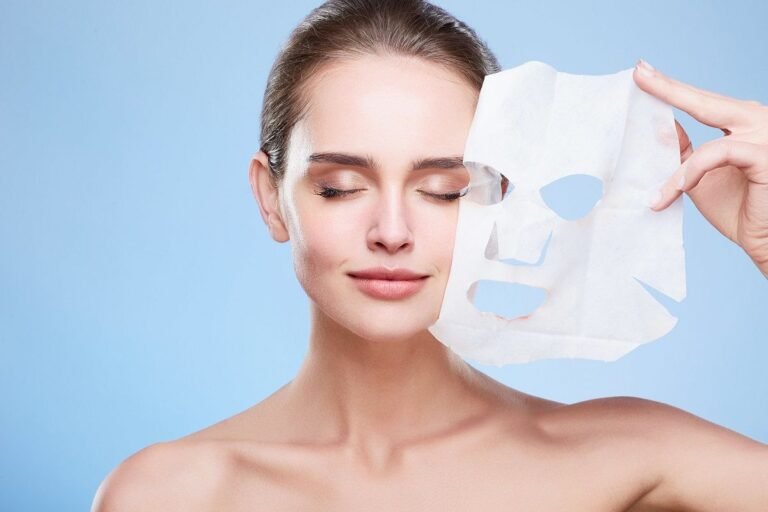Hair loss is a common concern affecting millions of people worldwide. It can impact self-confidence and emotional well-being, regardless of age or gender. From genetic factors and hormonal imbalances to stress and poor nutrition, the causes of hair loss are diverse. Fortunately, dermatologists—experts in hair and scalp health—have access to a range of scientifically backed treatments that offer real results. If you’re struggling with thinning hair, shedding, or bald patches, this guide explores dermatologist for hair loss treatments that actually work.
Understanding the Causes of Hair Loss
Before diving into treatments, it’s essential to understand why hair loss occurs. Dermatologists typically begin with a comprehensive evaluation that includes:
- Medical history and lifestyle review
- Scalp examination
- Blood tests to identify underlying issues like iron deficiency or hormonal imbalance
- Sometimes, a scalp biopsy to rule out specific conditions
The most common types of hair loss include:
- Androgenetic alopecia (pattern baldness)
- Telogen effluvium (stress-related shedding)
- Alopecia areata (autoimmune hair loss)
- Traction alopecia (caused by tight hairstyles)
- Scarring alopecia (due to inflammation or infection)
Once the cause is identified, dermatologists customize treatment plans for optimal outcomes.
1. Topical Minoxidil
One of the most widely recommended over-the-counter treatments for hair loss is topical minoxidil. It works by prolonging the anagen (growth) phase of the hair cycle and increasing blood flow to hair follicles.
Benefits:
- Promotes hair regrowth in both men and women
- Easy to apply at home
- Available in foam or liquid form
Usage Tip: Consistent use over several months is key. Results often become noticeable after 3 to 6 months.
2. Oral Medications
For more severe or hormonally-driven hair loss, dermatologists may prescribe oral medications. These drugs work by either blocking the effects of hormones like DHT (a derivative of testosterone) or encouraging hair follicle stimulation.
Examples include:
- Anti-androgens for women with hormonal imbalances
- Oral finasteride for male pattern hair loss
- Low-dose oral minoxidil for individuals who don’t tolerate topical application
These medications should always be taken under the supervision of a dermatologist due to potential side effects and contraindications.
3. Platelet-Rich Plasma (PRP) Therapy
PRP therapy is a non-surgical treatment where a patient’s own blood is drawn, processed, and injected into the scalp. The platelet-rich plasma contains growth factors that promote healing and tissue regeneration.
Benefits:
- Enhances hair follicle function
- Stimulates natural hair regrowth
- Minimal downtime
Ideal For: Early-stage hair thinning or those seeking a natural, regenerative option. Dermatologists often recommend PRP in combination with other treatments for enhanced results.
4. Microneedling
Microneedling involves using a device with fine needles to create controlled micro-injuries on the scalp. This stimulates collagen production and enhances the absorption of topical treatments like minoxidil.
Benefits:
- Improves scalp circulation
- Encourages follicle regeneration
- Can be done in-office or with approved at-home devices
When performed by a dermatologist, microneedling is safe and effective for patients with thinning hair.
5. Low-Level Laser Therapy (LLLT)
Also known as red light therapy, LLLT involves using low-level lasers or light-emitting diodes (LEDs) to stimulate hair growth at the cellular level.
Benefits:
- Non-invasive and painless
- Can be used at home or in-clinic
- Improves hair density and thickness over time
Dermatologists may suggest LLLT devices as a complementary treatment for ongoing maintenance of hair health.
6. Nutritional Support and Supplements
Hair follicles require a variety of nutrients to function optimally. Dermatologists often evaluate deficiencies that may be contributing to hair loss, such as:
- Iron
- Vitamin D
- Zinc
- Biotin
- Amino acids and protein
While supplementation won’t reverse genetic hair loss, correcting deficiencies can significantly improve hair strength and reduce shedding.
7. Scalp Care and Lifestyle Modifications
Healthy hair starts with a healthy scalp. Dermatologists frequently recommend incorporating scalp care into your routine. This might include:
- Gentle shampoos suited to your scalp condition
- Avoiding heat styling and harsh chemical treatments
- Stress management techniques like yoga or meditation
- A well-balanced, protein-rich diet
Simple habits like these can complement medical treatments and promote long-term scalp health.
8. Corticosteroid Injections or Topicals
In autoimmune-related hair loss like alopecia areata, dermatologists may use corticosteroids to reduce inflammation around the follicles. These can be administered as injections directly into the bald patches or applied as a topical solution.
Results: Often seen within 4–6 weeks, especially in early-stage or patchy hair loss.
9. Hair Transplant Surgery (as a Last Resort)
While not typically the first line of treatment, dermatologists may refer patients to hair transplant specialists if non-surgical methods are not effective. This surgical option involves transplanting hair follicles from a dense area to the thinning or bald areas.
Important Note: Surgery is only recommended when the underlying cause of hair loss is stabilized and unlikely to progress further.
Hair loss can be emotionally challenging, but with the help of dermatologist-approved treatments, effective solutions are within reach. From medical therapies and advanced procedures to lifestyle and nutritional changes, a multi-pronged approach offers the best chance at restoring and maintaining healthy hair.
If you’re experiencing hair loss, consult a board-certified dermatologist to get a personalized diagnosis and treatment plan. Early intervention is key to achieving the best results and preventing further hair loss.



